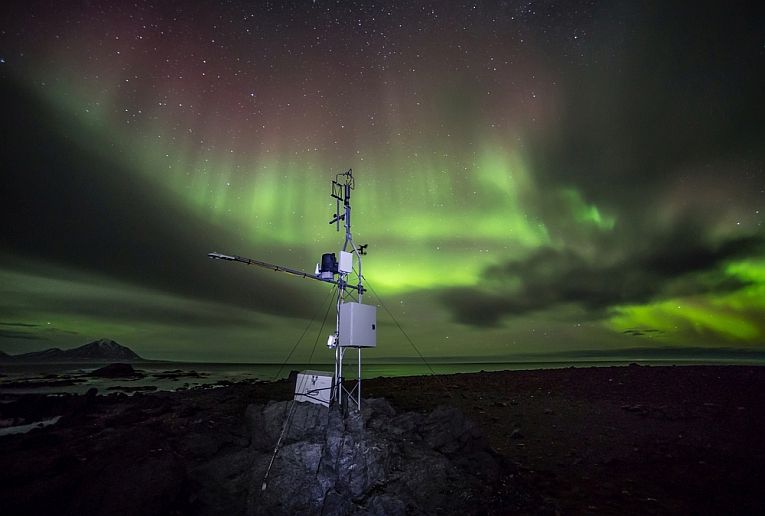On Monday, the UN and the WMO came out with the global monthly mean of CO2 concentration finally breaking the 400 ppm. By Wednesday, the US was driven to reporting the event, via NOAA and their own 40 sites with quite a global spread. There must be hundreds of schemes to attempt to stem the rise, listed in many carbon stories here (if you have the time.) Speed is of the essence, if we are to achieve what we want this year.
Arctic sites began recording this high CO2 level in 2012, while Mauna Loa from the Northern Pacific had averaged 400 ppm by 2013. The sheer similarity of the reporting actually makes it almost boring. The 2oCelsius temperature rise that we expect soon is another case in point. The problem with data is that if we repeat it, nobody pays attention to the actual problem. Because it sounds similar, nobody feels the need t do anything.
By the time of the upcoming Paris Summit on climate change and our collective responses in December, we have to get this public appreciation problem sorted out. Politicians have taken advantage of the blandness of figures for at least the last few generations. This is not science we are talking about. This is everyday people and their pollution. All the health and life-span information must be as familiar to everybody as what price your transport costs or how much rent you pay. Basically, it costs the same to every person --– you pay what you have to in order to work and live.
As far as carbon and its overbearing oxide are concerned, we cannot prevent any increase for more than a century. The oceans will store heat and the carbon dioxide will travel from the earth more and more until we finally achieve an end to emissions from power stations and cars, buses and house fires. The natural world plays its part with methane emissions as the Arctic warms and carbon release from some of the forests that have been cut down. It is our unnatural world that has doubled the recent rate of atmospheric CO2 production since 1980, and will again soon, if we allow it.
The IEA (International Energy Authority) also gets in on the act. They declared that last year, carbon emissions had remained steady. Somewhere the figures don't add up, as NOAA mentioned that the most recent 2-year period showed the highest ever growth rate of CO2 concentration at 2.25ppm. Either the carbon has disappeared or some industries are failing to report their emissions.
When we can eliminate 80% of the fossil fuel use, our atmosphere will then remain stable in terms of one greenhouse gas. Then comes that century of waiting until the carbon dioxide levels and the heat effects we dread so much begin to subside. Just feel sorry for those who may have to survive these effects, once we are all dead and buried-and decaying or burning to further exacerbate the problem!










